Texture Talk: 4 Foliage Types for Distinctive Gardens
http://decor-ideas.org 11/12/2013 12:50 Decor Ideas
The word "texture" usually brings to mind the tactile quality of an object — how it feels to the touch — but here we're talking about the visual aspect of texture. Texture is an element of design that can be used to create distinction among harmonious items; for gardeners that means plants in the landscape. Foliage texture is what allows us to "see" plants in the landscape even when they are of similar size, shape or color.
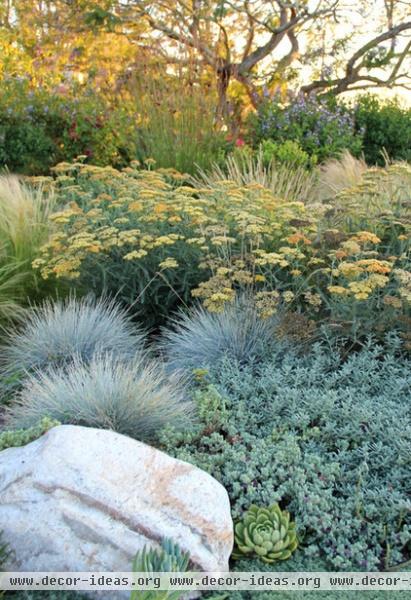
Texture impacts both small and large plantings, and can be applied to any design style or habitat. Leaf texture is a function of leaf shape and/or size, and creates a unique visual statement.
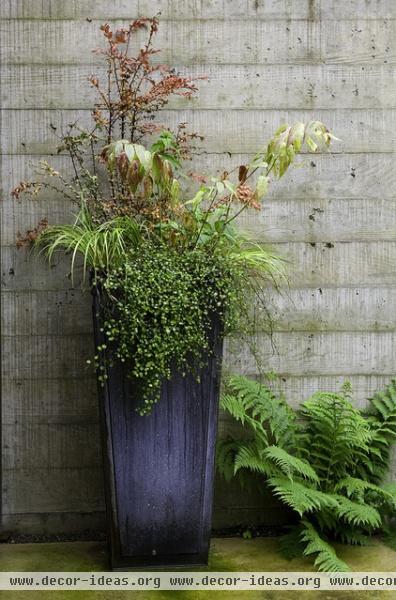
I like to think of leaf shapes as being in four broad categories: simple, linear or grass-like, fern-like and fancy. Here's how I like to work with them.
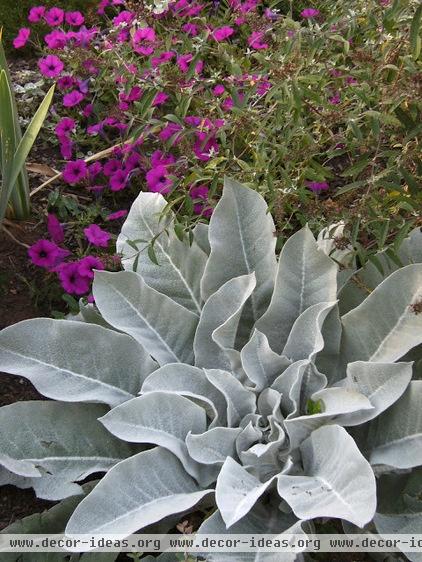
Simple Foliage
Leaves with simple shapes — oval, heart, round, arrow etc. — needn't be boring. In this photo we see the large, undulating foliage of giant silver mullein (Verbascum bombiciferum) juxtaposed with the small, delicate leaves of dwarf butterfly bush (Buddleia spp).
In the photo below, the large, heart-shaped foliage of variegated false forget-me-not (Brunnera macrophylla 'Jack Frost') is set off nicely between the tiny, simple foliage of a ground cover and the airy, linear foliage of a grass.
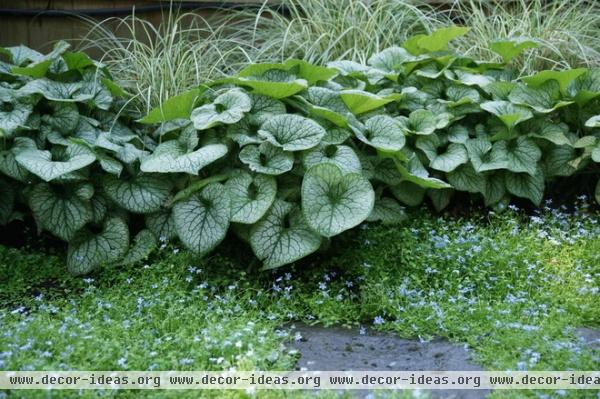
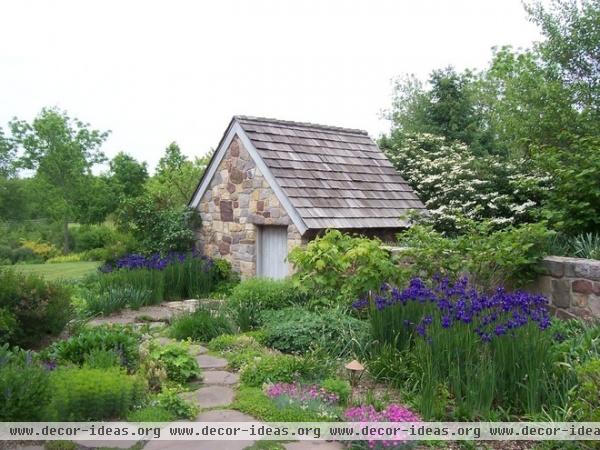
Linear Foliage
Beyond ornamental grasses, linear leaf shapes are characteristic of iris (Iris spp) — the purple flowers shown here — red-hot poker (Kniphofia spp), yucca (Yucca spp) and spiderwort (Tradescantia spp), to name a few.
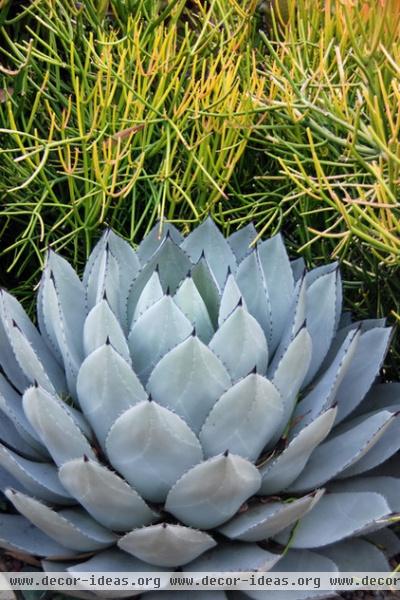
Linear foliage may be strongly upright, as in 'Sticks on Fire' Euphorbia (shown here with Agave parryi), or it may be softly arching or even horizontal.
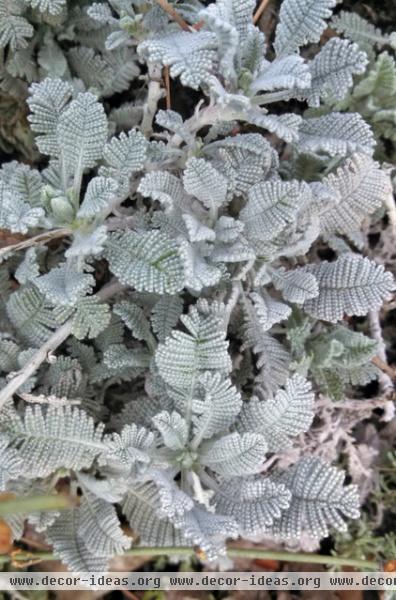
Fern-Like Foliage
This may be deeply cut (dissected), like true ferns, partridge feather (Tanacetum densum sp. amani, shown here) or yarrow (Achillea spp).
A similar texture may be achieved with pinnately compound foliage such as that of European mountain ash (Sorbus accuparia), several sumac species (Rhus spp, shown next) and honeylocust (Gleditsia triacanthos).
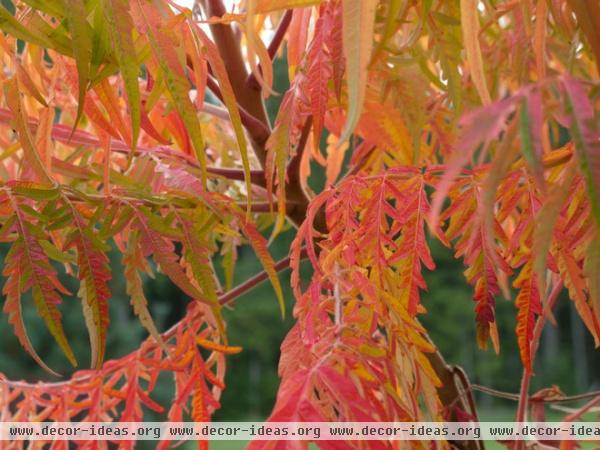
Fern-like textures add a delicate complexity to planting designs.
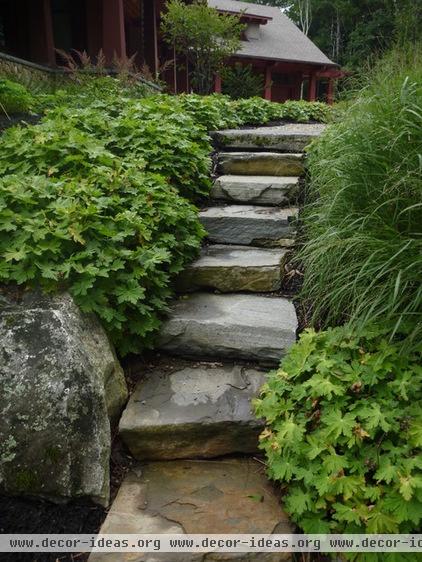
Fancy Foliage
Fancy leaf shapes are deeply lobed or indented and have a lacy, complex look. Perennial geraniums (Geranium spp) have a wonderful array of fancy foliage, as with the Geranium macrorrhizum shown here. Oakleaf hydrangeas (Hydrangea quercifolia, next photo), maples (Acer spp) and sweet gum (Liquidambar styraciflua) also have fancy foliage.
Fancy foliage is that bit of bling that every well-dressed garden needs.
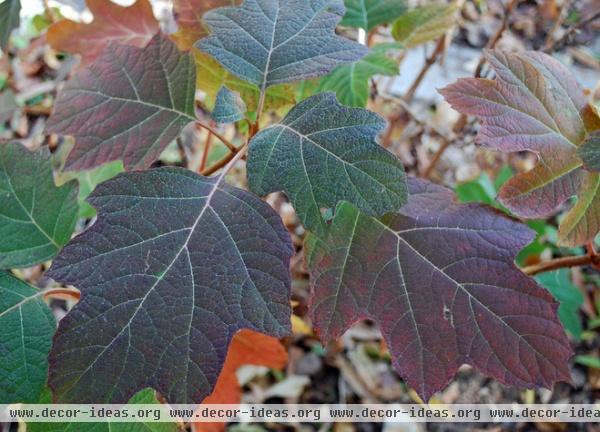
Combining Texture and Foliage in Your Landscape
Once you're familiar with the basic types of foliage texture, how do you make the most of them in your garden? In a word: contrast.
By placing plant materials with strongly contrasting texture next to one another, you bring their differing characteristics to the fore and strengthen them. Also, various textures catch and reflect light and shadows differently. All of this visual information makes it easier for our brains to identify both individual details and patterns in the landscape.
Even — or especially — when you're working with plants that are closely related in size, form or color, strongly contrasting textures will make your design pop.
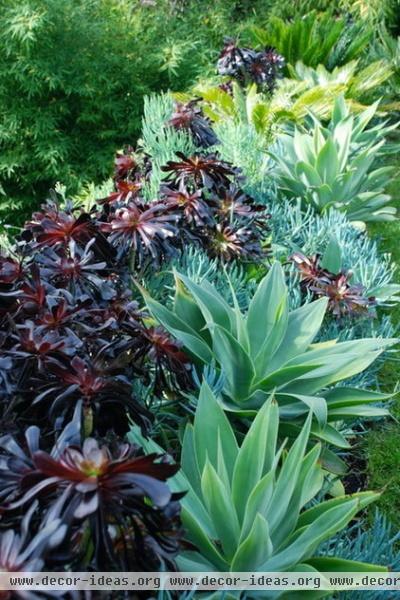
The succulent garden shown here is a dynamic combination of large and small leaves, and simple and linear foliage textures.
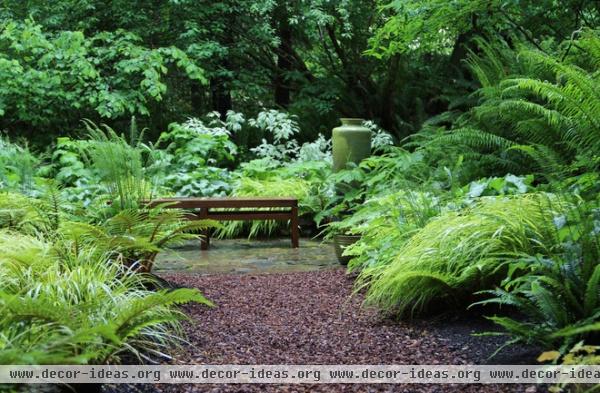
In another example, the ethereal green-on-green color combination comes to life with the contrasting textures of fern-like, linear and simple leaf shapes.
Discover more plant combinations in this garden
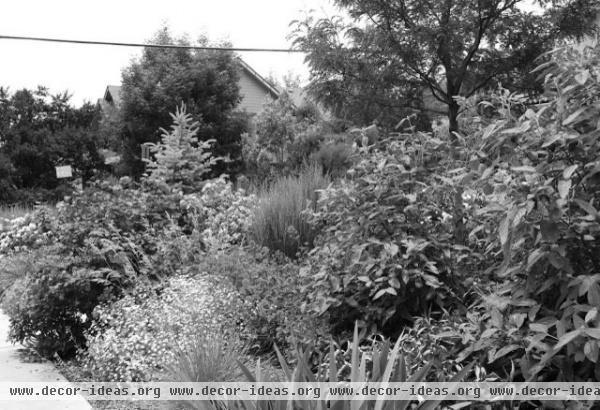
Not sure whether your garden design is making the most of foliage texture? Try the black and white photo trick. Can you see distinct plant forms and groupings, or does it look like everything was sprayed out of a salad shooter?
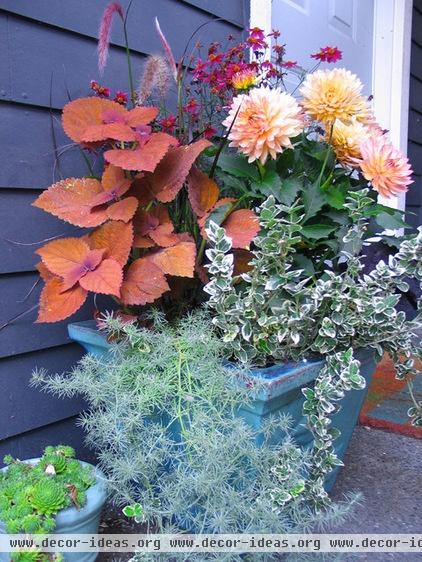
Once you have your foliage texture sorted, you can look to all of the other sources of texture for your garden: flowers, bark, fruit, seeds etc. Have fun!
More: Guides to growing great foliage plants
Related Articles Recommended












